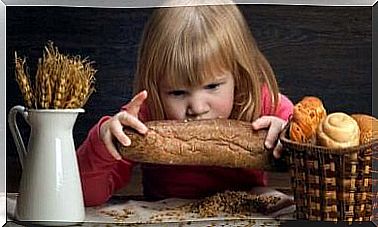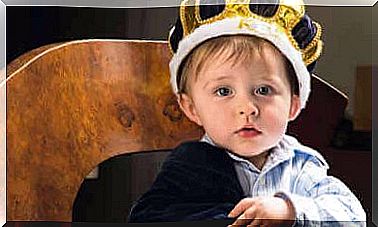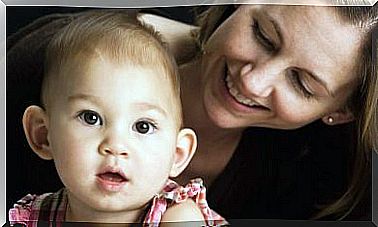Children’s Doodles And Their Meaning

Children’s scribbles usually start at 18 months of age, which is when they start making graphic signs as a means of expressing their abilities.
Children have fun drawing these lines that are meaningless to some people, but for them they represent works of art, the fruit of their thoughts and ideas.
The importance of children’s doodles lies in activating imagination and fine motor skills from an early age. This is beneficial for the child to develop their abilities and skills. So she also finds a very fun way to express her emotions.
When a child starts making their strokes on a sheet, they tend to be impulsive, disconnected and out of control. They move the entire arm to cover the available space. This activity entertains and entertains them, as well as promoting the evolution of the first stages of artistic development.
As they grow, children’s skills are strengthened and they acquire new skills to better develop their drawings.
In this way, they start to hold the pencils better in their hands and their lines become more defined. When the school routine starts, they improve what they learned at home with more techniques.
When children have the curiosity to get a crayon, don’t hesitate to allow and teach them how to use it correctly. In this way, they can begin to capture their first artistic traces and get started in the world of doodles, which will certainly be, for both you as mother and child, unforgettable creations.
Types of Children’s Doodles and Their Meanings
In the first days, when the child takes a crayon to try to trace their scribbles on paper and starts the process of motor and brain coordination, that ‘s when the first phase of children’s drawing or scribbling begins.
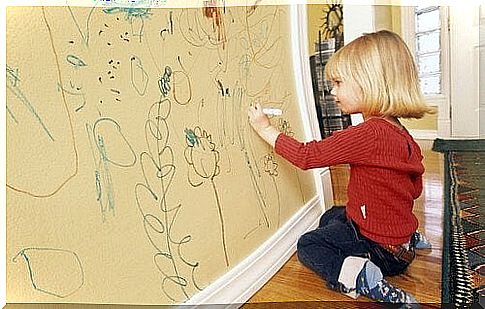
uncontrolled scribble
It is a motor level observed in children approximately 20 months old and is also known as messy scribbling . It is characterized by strokes or pencil marks or colors that have no order or meaning. Children can use one or several materials to produce them.
At this stage, the child feels a motor discharge when drawing and uses the drawing to show their new language and way of communicating. In addition, it starts with the recognition of materials.
This phase is extremely important, as it awakens your motor skills and attention to the environment. All of this, consequently, will be reflected on the sheet.
Controlled Scribble
This is a perceptual level manifested by children aged 20 to 30 months. From here, the lines start to take shape.
Children hold pencils more correctly, and they are observed to smooth out their movements when drawing. The lines are longer and more defined and they struggle to fill the entire sheet with their graphic expressions.
At this level, the presence of the kinesthetic is remarkable. That is, the ability to use the body to express ideas. Children look more clearly at the world around them and then express it on the sheet. That’s when they start drawing circles, dots and cut lines.
Scribble with name
Also known as representation level, it ranges from 30 to 48 months. At this stage, the child has more mastery of their motor skills and is able to explain what they draw. Generally, he reflects on the page what he observes or feels, although what he draws does not look like reality.
During this phase, the child begins to choose the materials to be used, what will be painted and what color. In addition, she centers her drawing a little more and will be proud of the possible reactions received from adults who view her creations. That’s why it’s extremely important to encourage and congratulate her on her work.
pre-schematic scribble
This level ranges from 3 to 7 years old. In this case, the child represents the objects he sees, in addition to people and animals, for example.
These drawings can be understood a little better, although the human figures are a circle for the head and two lines for the body. Many children draw their fingers and hair.
As they are of school age, it is in the classroom that children will explore their potential with tracings. There, they will express their ideas, share with their peers and have a better view of the children’s world.
The resources for your artworks will be varied and they will be able to develop their motor skills to the fullest.
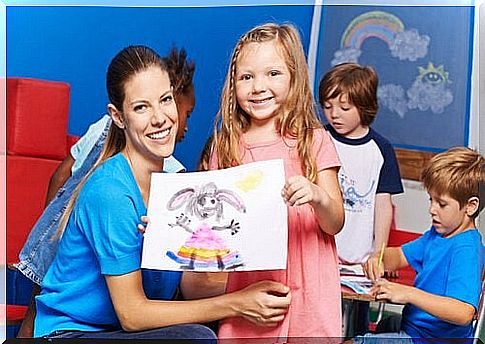
The following levels are: schematic, ranging from 7 to 9 years old, and graphic maturity, ranging from 9 to 14 years old. It is in the latter that the improvement of the children’s scribbles takes place, which in fact will already be drawings.
During these stages, the child openly demonstrates their skills with strokes and color combinations.
For all of the above, children’s doodles are very important. Mainly because they awaken the brain’s motor skills.
It is exactly these skills that will help children to express themselves in the future through various artistic compositions, such as drawing and painting, for example.
